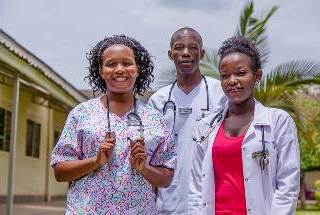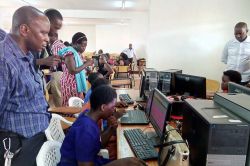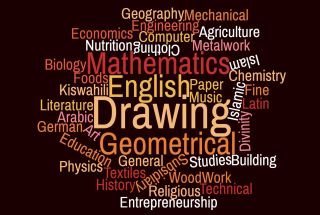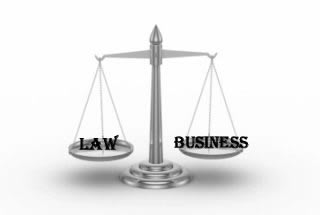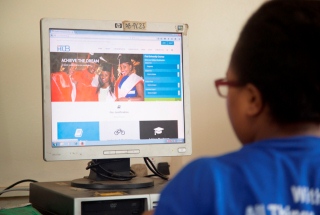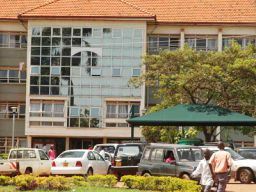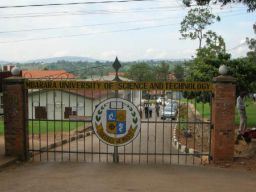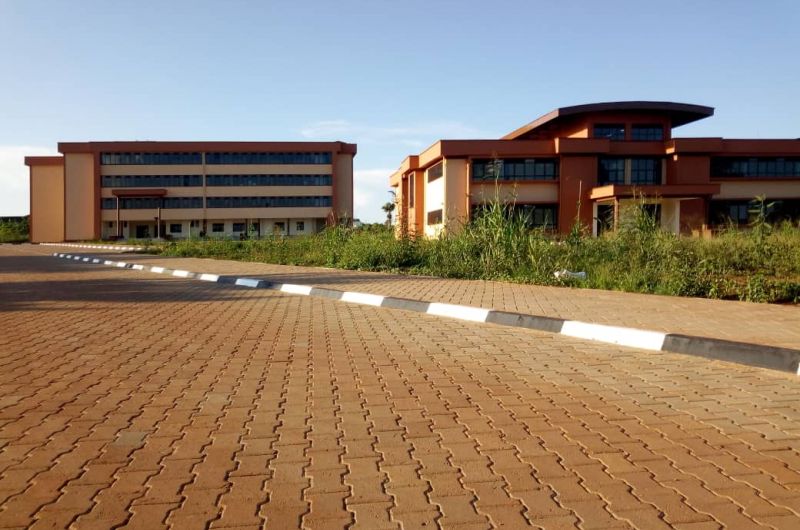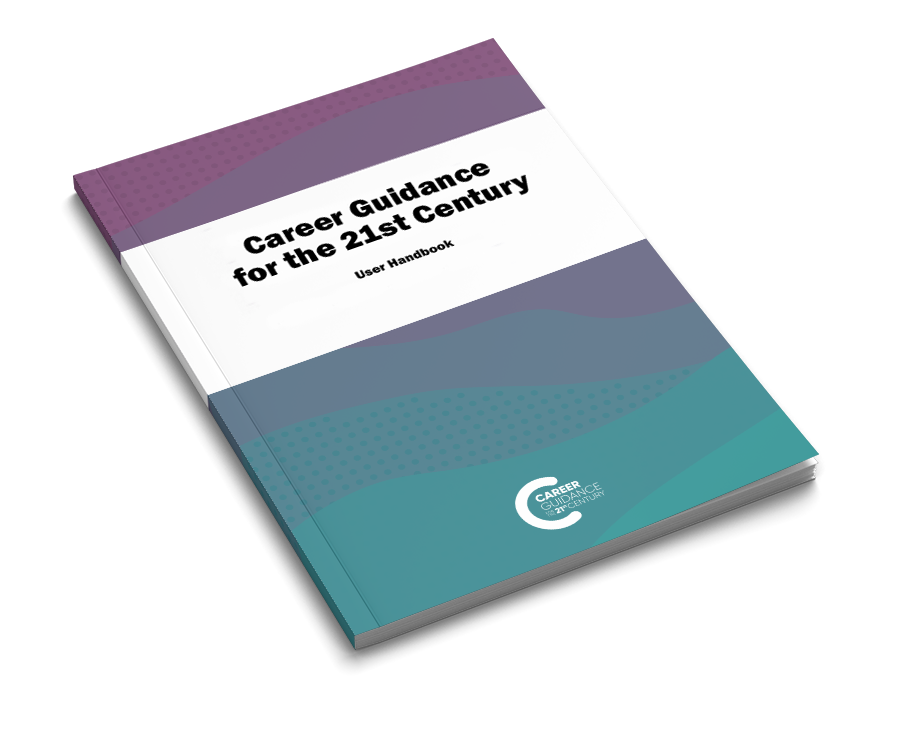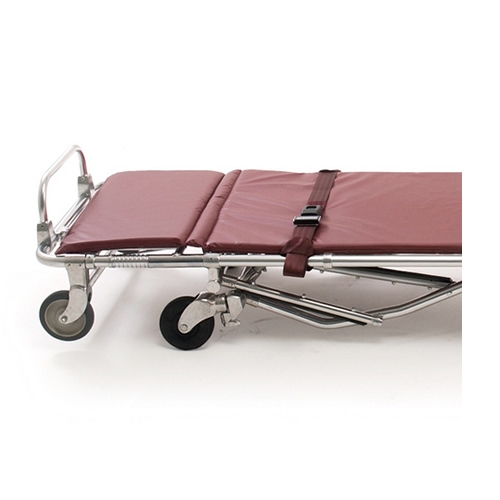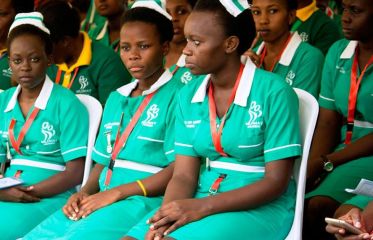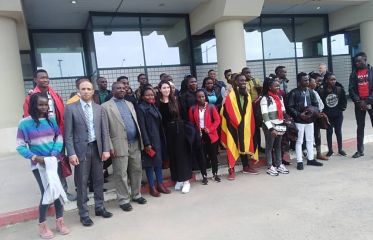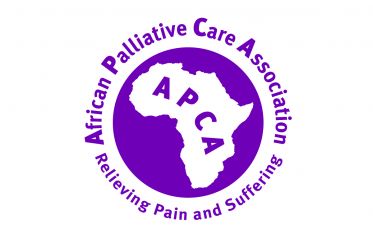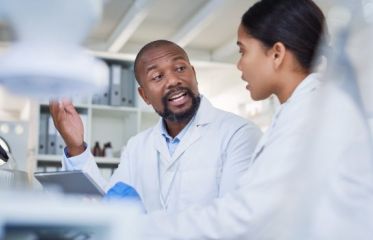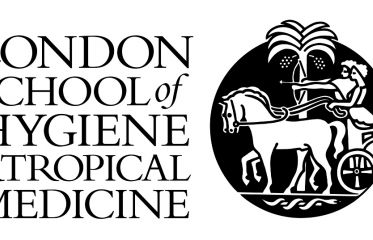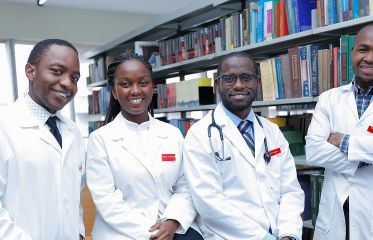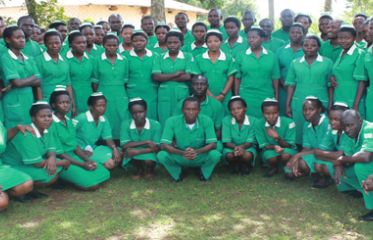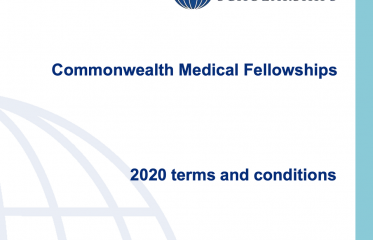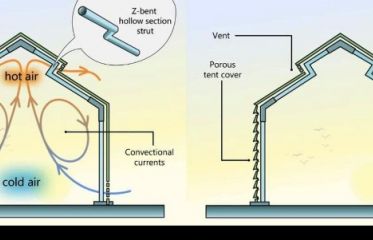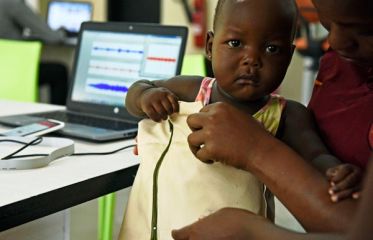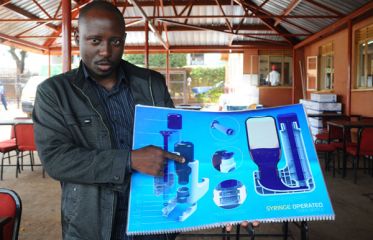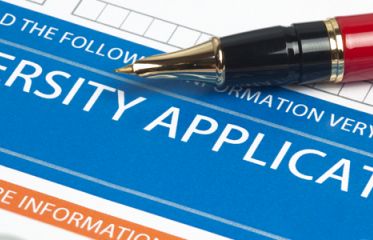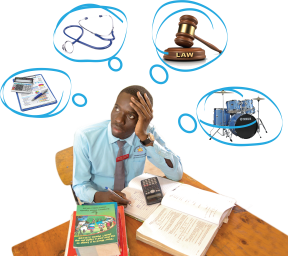Breaking News
- Flexible Remote Work Opportunity for University Students: Earn $100–$250 Per Month ...Read More
- Ministry of Education and Sports Azerbaijan Government Scholarships For 2025-2026 Academic Year ...Read More
- Government Sponsorship Undergraduate Admission Lists 2025-26 for Makerere University ...Read More
- Ministry of Education And Sports: Egyptian Government Scholarships 2025-2026 Academic Year ...Read More
- Ground Breaker Full Scholarship for girls to study Software Engineering 2025 July Intake ...Read More
- Tony Elumelu Foundation Entrepreneurship Programme (TEEP) 2025 for young African Entrepreneurs ...Read More
- DESIGNING FUTURES 2050 International Design Competition 2025 (€15,000 prize) ...Read More
- Ground Breaker Full time Scholarship for girls to study Software Engineering 2025 Intake ...Read More
- Ministry of Education And Sports Algerian Vocational Training Scholarships for 2024-2025 AY ...Read More
- Ministry of Education and Sports Advert for the Algerian Government Scholarships for 2024-2025 ...Read More
Coroner
Direct activities such as autopsies, pathological and toxicological analyses, and inquests relating to the investigation of deaths occurring within a legal jurisdiction to determine cause of death or to fix responsibility for accidental, violent, or unexplained deaths. Sample of reported job titles: Chief Deputy Coroner, Coroner, Coroner/Medical Examiner, County Coroner, Deputy Coroner, District Medical Examiner, Elected County Coroner/Chief Medical Examiner, Forensic Pathologist, Medical Examiner, Medical Legal Investigator
Add to FavouritesDaily Tasks
1. Perform medicolegal examinations and autopsies, conducting preliminary examinations of the body to identify victims, locate signs of trauma, and identify factors that would indicate time of death.
2. Inquire into the cause, manner, and circumstances of human deaths and establish the identities of deceased persons.
3. Complete death certificates, including the assignment of cause and manner of death.
4. Observe and record the positions and conditions of bodies and related evidence.
5. Observe, record, and preserve any objects or personal property related to deaths, including objects such as medication containers and suicide notes.
6. Interview persons present at death scenes to obtain information useful in determining the manner of death.
7. Arrange for the next of kin to be notified of deaths.
8. Complete reports and forms required to finalize cases.
9. Collect and document any pertinent medical history information.
10. Direct activities of workers conducting autopsies, performing pathological and toxicological analyses, and preparing documents for permanent records.
11. Confer with officials of public health and law enforcement agencies to coordinate interdepartmental activities.
12. Provide information concerning the circumstances of death to relatives of the deceased.
13. Locate and document information regarding the next of kin, including their relationship to the deceased and the status of notification attempts.
14. Inventory personal effects recovered from bodies, such as jewelry or wallets.
15. Coordinate the release of personal effects to authorized persons and facilitate the disposition of unclaimed corpses and personal effects.
16. Remove or supervise removal of bodies from death scenes, using the proper equipment and supplies, and arrange for transportation to morgues.
17. Testify at inquests, hearings, and court trials.
18. Witness and certify deaths that are the result of a judicial order.
Key Knowledge Areas
English Language — Knowledge of the structure and content of the English language including the meaning and spelling of words, rules of composition, and grammar.
Law and Government — Knowledge of laws, legal codes, court procedures, precedents, government regulations, executive orders, agency rules, and the democratic political process.
Medicine and Dentistry — Knowledge of the information and techniques needed to diagnose and treat human injuries, diseases, and deformities. This includes symptoms, treatment alternatives, drug properties and interactions, and preventive health-care measures.
Public Safety and Security — Knowledge of relevant equipment, policies, procedures, and strategies to promote effective local, state, or national security operations for the protection of people, data, property, and institutions.
Administration and Management — Knowledge of business and management principles involved in strategic planning, resource allocation, human resources modeling, leadership technique, production methods, and coordination of people and resources.
Customer and Personal Service — Knowledge of principles and processes for providing customer and personal services. This includes customer needs assessment, meeting quality standards for services, and evaluation of customer satisfaction.
Clerical — Knowledge of administrative and clerical procedures and systems such as word processing, managing files and records, stenography and transcription, designing forms, and other office procedures and terminology.
Education and Training — Knowledge of principles and methods for curriculum and training design, teaching and instruction for individuals and groups, and the measurement of training effects.
Psychology — Knowledge of human behavior and performance; individual differences in ability, personality, and interests; learning and motivation; psychological research methods; and the assessment and treatment of behavioral and affective disorders.
Biology — Knowledge of plant and animal organisms, their tissues, cells, functions, interdependencies, and interactions with each other and the environment.
Communications and Media — Knowledge of media production, communication, and dissemination techniques and methods. This includes alternative ways to inform and entertain via written, oral, and visual media.
Personnel and Human Resources — Knowledge of principles and procedures for personnel recruitment, selection, training, compensation and benefits, labor relations and negotiation, and personnel information systems.
Key Skills
Critical Thinking — Using logic and reasoning to identify the strengths and weaknesses of alternative solutions, conclusions or approaches to problems.
Speaking — Talking to others to convey information effectively.
Active Listening — Giving full attention to what other people are saying, taking time to understand the points being made, asking questions as appropriate, and not interrupting at inappropriate times.
Coordination — Adjusting actions in relation to others' actions.
Reading Comprehension — Understanding written sentences and paragraphs in work related documents.
Social Perceptiveness — Being aware of others' reactions and understanding why they react as they do.
Judgment and Decision Making — Considering the relative costs and benefits of potential actions to choose the most appropriate one.
Monitoring — Monitoring/Assessing performance of yourself, other individuals, or organizations to make improvements or take corrective action.
Science — Using scientific rules and methods to solve problems.
Complex Problem Solving — Identifying complex problems and reviewing related information to develop and evaluate options and implement solutions.
Active Learning — Understanding the implications of new information for both current and future problem-solving and decision-making.
Management of Personnel Resources — Motivating, developing, and directing people as they work, identifying the best people for the job.
Service Orientation — Actively looking for ways to help people.







